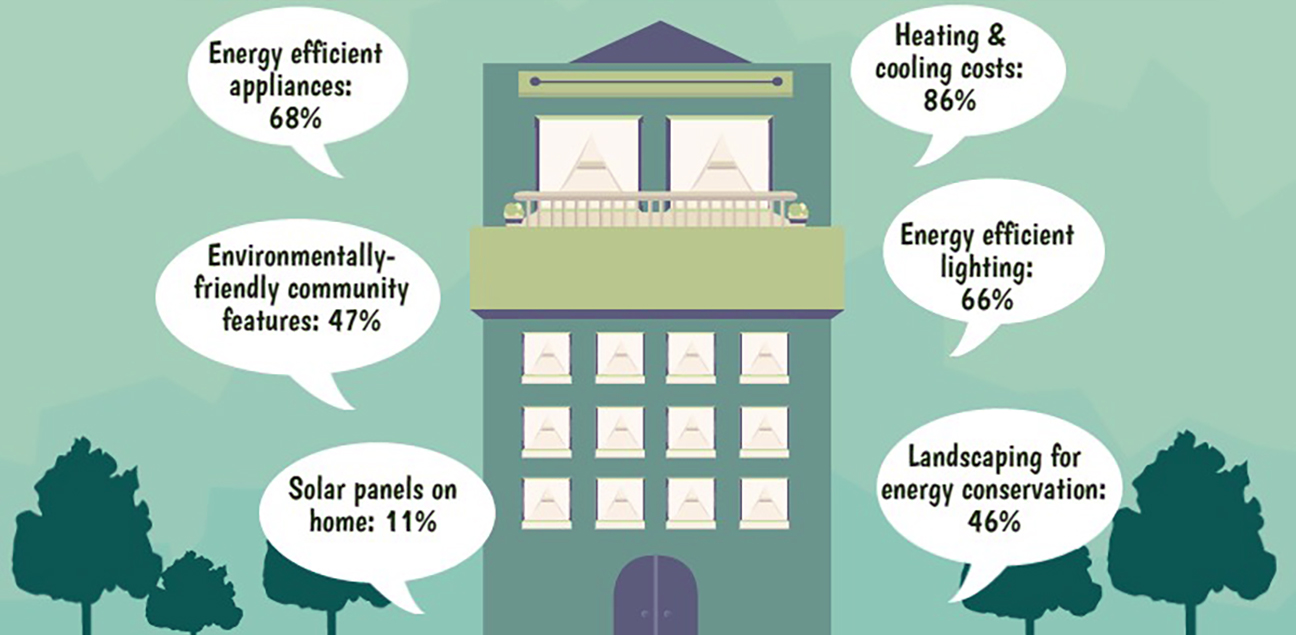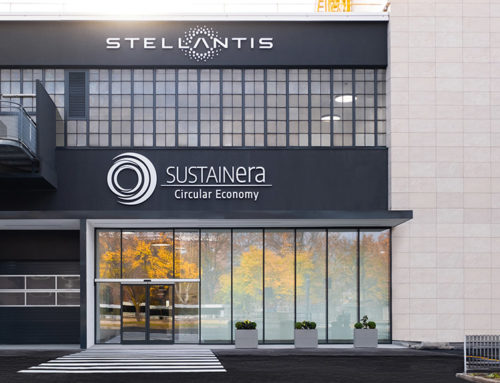The choices green households make affect the climate and the environment in numerous ways, ranging from daily habits, such as what to eat and how to get to work, to less frequent choices, such as how to heat their homes. The potential to reduce the environmental impacts of household consumption is well documented but has proven difficult to realize. Understanding and overcoming the barriers to behavior change must be a policy priority given the urgent need to accelerate action to limit climate change and improve environmental quality.
One of the fundamental areas where households can make a significant difference is in energy consumption. While easily adopted energy-saving actions, such as turning off lights when leaving a room, have widespread support, more challenging actions, like minimizing the use of heating or cooling, face resistance due to comfort concerns. The uptake of renewable and low-emission energy technologies remains limited, even when available, primarily due to cost and a lack of understanding.
Transportation also plays a crucial role in sustainable living in green households. Despite 50% of commuters in urban areas adopting eco-friendly means of commuting, households still heavily rely on private motorized vehicles. Improved public transport, offering affordability, frequency, and accessibility, could be a key driver in reducing car usage and encouraging the transition to electric vehicles. However, barriers like a lack of charging infrastructure persist.
Waste management is another critical aspect of green living. While many green households aim to reduce waste by using reusable shopping bags, the adoption of second-hand items and renting remains relatively low. Waste reduction efforts vary greatly between households with access to drop-off services and those without. A clear link is observed between charges for mixed waste and increased food waste composting.
Food consumption also plays a vital role in eco-friendly living. Affordability, taste, freshness, and nutritional value remain top priorities for most consumers. Environmental considerations take a back seat, even among the environmentally concerned. Reducing the consumption of red meat and exploring lab-grown alternatives face resistance, particularly due to health concerns.

Overall, the availability, affordability, and convenience are the driving forces behind household decisions. To promote environmentally sustainable choices, policymakers must address the following priorities:
- Make sustainable choices available and feasible: This includes increasing awareness and accessibility to renewable energy options, charging stations for electric vehicles, and solar energy solutions for different housing types.
- Provide incentives for sustainable choices: Focusing on affordability and convenience is crucial, particularly in transport and food. Combining income-based incentives with environmental awareness can be a powerful motivator.
- Leverage public support: Support measures that make sustainable alternatives more affordable through subsidies rather than taxes and fees. Recycling generated revenues can fund improvements in public transport and other green initiatives.
- Bundle incentives: Reward households for embracing multiple eco-friendly practices. For instance, those who use reusable containers could receive discounts on sustainable food items, creating a synergy of sustainable actions.
The high levels of support expressed for measures such as improving public transport services and stricter regulations on farming should empower policymakers to take action to induce shifts toward more sustainable consumption. Green households have the potential to be a driving force in the global effort to combat climate change and protect our environment.






